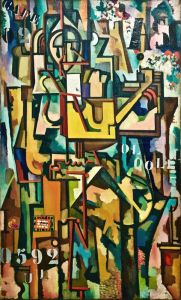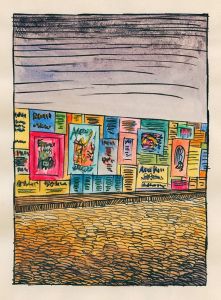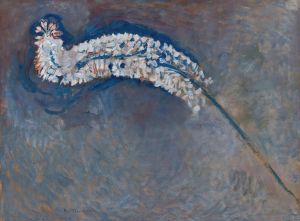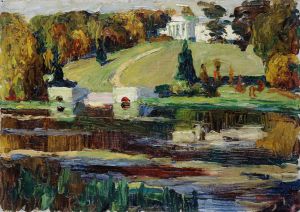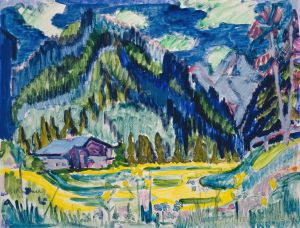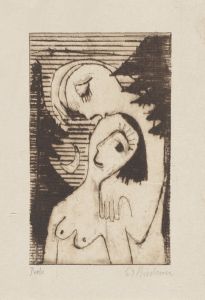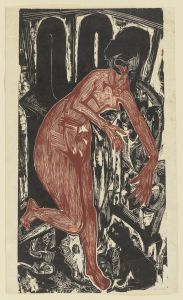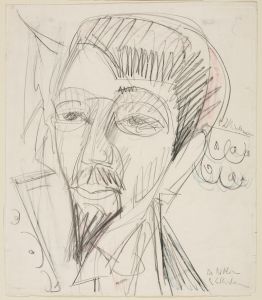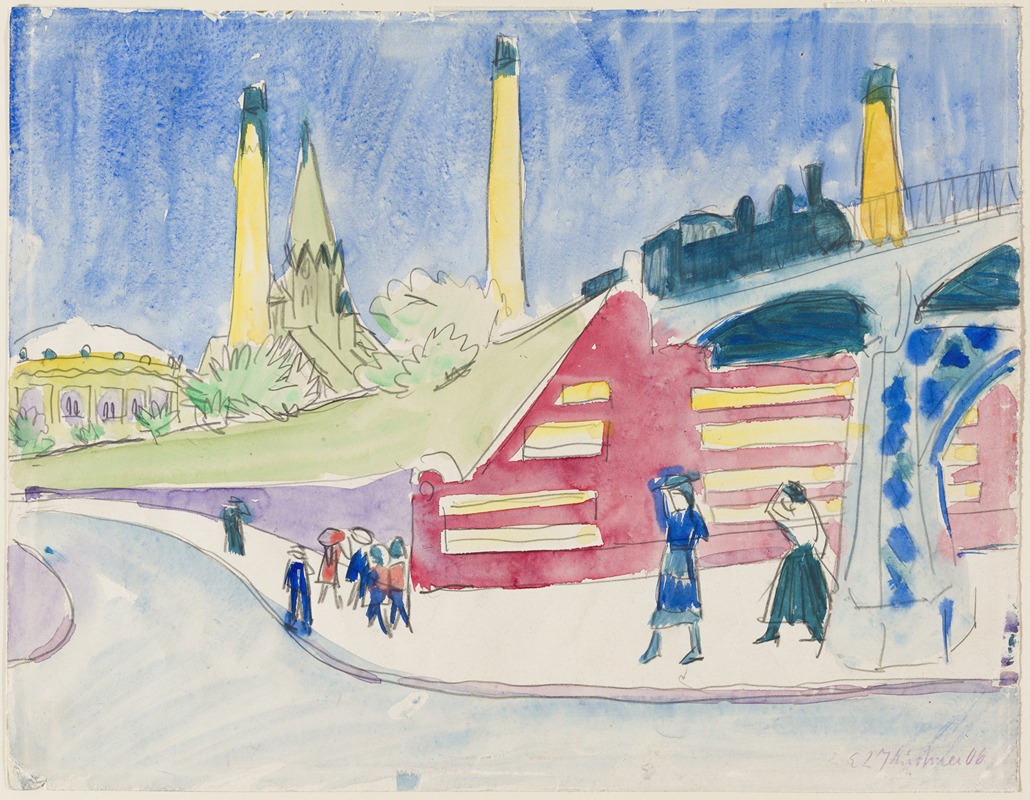
Bahndamm
A hand-painted replica of Ernst Ludwig Kirchner’s masterpiece Bahndamm, meticulously crafted by professional artists to capture the true essence of the original. Each piece is created with museum-quality canvas and rare mineral pigments, carefully painted by experienced artists with delicate brushstrokes and rich, layered colors to perfectly recreate the texture of the original artwork. Unlike machine-printed reproductions, this hand-painted version brings the painting to life, infused with the artist’s emotions and skill in every stroke. Whether for personal collection or home decoration, it instantly elevates the artistic atmosphere of any space.
Ernst Ludwig Kirchner's painting Bahndamm (translated as "Railway Embankment") is a work created by the German Expressionist artist, who was a founding member of the influential art movement Die Brücke (The Bridge). Kirchner, known for his bold use of color, dynamic compositions, and emotionally charged subjects, played a significant role in shaping early 20th-century modern art. His works often reflect the anxieties and rapid changes of the modern world, as well as his personal struggles and artistic vision.
Bahndamm is believed to have been painted during Kirchner's time in Germany, likely before his move to Switzerland in 1917. The painting depicts a railway embankment, a subject that aligns with Kirchner's interest in urban and industrial themes. The work showcases his distinctive Expressionist style, characterized by exaggerated forms, vibrant colors, and a sense of movement and tension. These elements convey not only the physical structure of the railway embankment but also the emotional and psychological atmosphere surrounding it.
Kirchner frequently explored themes of modernity, urban life, and the relationship between humans and their environment. In Bahndamm, the railway embankment may symbolize the encroachment of industrialization on the natural landscape, a recurring concern in his work. The painting's composition and color palette reflect Kirchner's desire to evoke a visceral response from the viewer, emphasizing the emotional impact of the scene rather than a realistic depiction.
The exact date of creation for Bahndamm is not definitively documented, and specific details about its provenance or current location are not widely available. However, it is consistent with Kirchner's broader body of work, which often includes landscapes, cityscapes, and scenes of modern life rendered in his signature Expressionist style.
Ernst Ludwig Kirchner's career was deeply affected by the political and social upheavals of his time. His art was labeled "degenerate" by the Nazi regime, and many of his works were confiscated or destroyed. Despite these challenges, Kirchner's legacy endures as one of the most important figures in German Expressionism. His works, including Bahndamm, continue to be studied and celebrated for their innovative approach to form, color, and emotion.
Due to limited available information about this specific painting, further details about its history and significance remain unclear.





